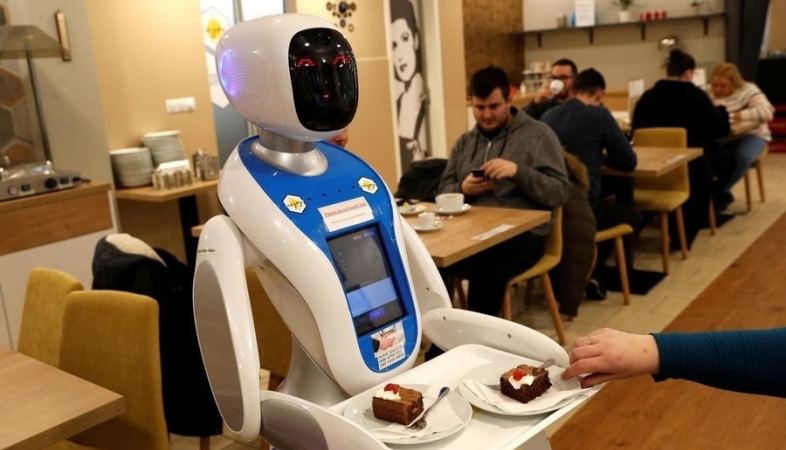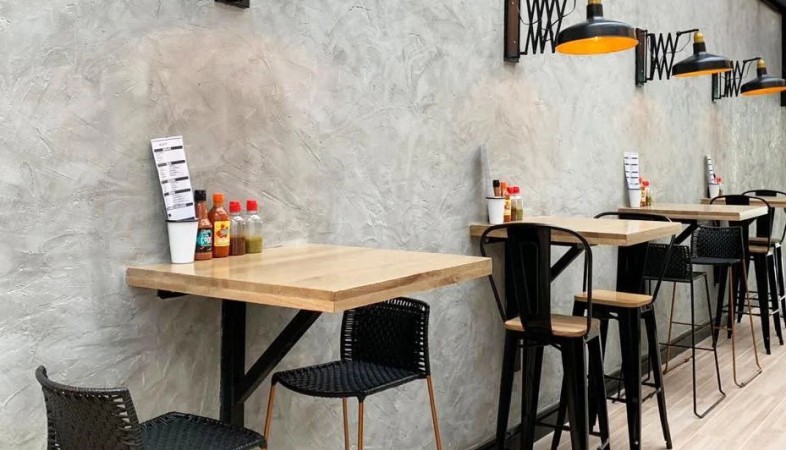Embracing the Future: The Rise of Robot Waiters in the Hospitality Industry
Robot waiters offer a unique and memorable dining experience, with their futuristic appearance and interactive capabilities adding a touch of novelty and excitement to the dining experience.

In recent years, the hospitality industry has witnessed a
remarkable technological advancement with the introduction of robot waiters.
These humanoid robots, equipped with state-of-the-art technology and artificial
intelligence capabilities, are revolutionizing the dining experience in
restaurants and hotels around the world. From taking orders and serving food to
interacting with customers and even dancing, robot waiters are proving to be
more than just a novelty – they are transforming the way we dine out and
reshaping the future of hospitality.
The rise of robot waiters can be attributed to several factors, including advancements in robotics technology, the growing demand for automation in the service industry, and the need for innovative solutions to address labor shortages and rising labor costs. Robot waiters offer numerous benefits for both businesses and customers. For businesses, they provide a cost-effective solution to labor challenges, reducing the need for human servers and streamlining operations. For customers, robot waiters offer a unique and memorable dining experience, with their futuristic appearance and interactive capabilities adding a touch of novelty and excitement to the dining experience.
One of the key advantages of robot waiters is their efficiency and reliability. Unlike human servers, who may become fatigued or overwhelmed during busy periods, robot waiters can work tirelessly around the clock without the need for breaks or rest. This ensures consistent and prompt service for customers, minimizing wait times and improving overall satisfaction. Additionally, robot waiters are equipped with advanced sensors and navigation systems that allow them to navigate crowded dining areas and avoid obstacles with ease, reducing the risk of accidents and spills.
Moreover, robot waiters are also enhancing the dining experience by offering a high level of personalization and customization. Through the use of artificial intelligence and machine learning algorithms, robot waiters can analyze customer preferences and behavior to provide personalized recommendations, suggest menu items based on dietary restrictions or preferences, and even remember repeat customers' orders. This level of personalization not only enhances the dining experience but also fosters customer loyalty and repeat business.
Furthermore, robot waiters are helping to address hygiene and safety concerns in the wake of the COVID-19 pandemic. With their contactless delivery capabilities, robot waiters minimize the need for direct interaction between customers and staff, reducing the risk of virus transmission. Additionally, robot waiters can be equipped with UV-C disinfection technology to sanitize dining areas and surfaces, providing an extra layer of protection for customers and staff alike.
Despite their numerous benefits, robot waiters are not without their challenges and limitations. One of the main challenges facing the widespread adoption of robot waiters is the initial investment cost, which can be prohibitively expensive for some businesses. Additionally, there are concerns about job displacement and the potential impact of automation on the hospitality workforce. However, proponents of robot waiters argue that they can complement human staff rather than replace them, allowing businesses to reallocate human resources to more value-added tasks such as customer service and kitchen operations.
Robot waiters are revolutionizing the hospitality industry and reshaping the way we dine out. With their efficiency, reliability, and interactive capabilities, robot waiters offer numerous benefits for businesses and customers alike. By embracing this innovative technology, restaurants and hotels can enhance the dining experience, improve operational efficiency, and stay ahead of the competition in an increasingly competitive marketplace.
.png)



























